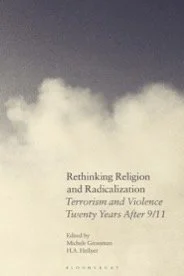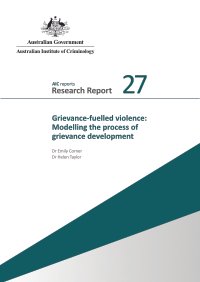By Raneeta Mutiara
Digitalisation of the activities of Islamic State in Iraq and Syria (ISIS) has been a longstanding issue in Southeast Asia. In recent years, the nature of this threat has become more widespread and complex. In countries like Indonesia, where radicalisation is primarily offline, online platforms still play a role in spreading extremist ideas and maintaining ideological networks. The phenomenon of online radicalisation can erode social cohesion, highlighting the need for strategic measures to counter its destabilising impact.
Indonesia has made several attempts to combat online radicalisation. The National Counter Terrorism Agency of Indonesia (BNPT) initiated the Duta Damai Dunia Maya campaign to counter harmful content on the Internet. Other online initiatives, such as BincangSyariah and Islamidotco, have also been promoting Islamic literacy, moderating religious interpretations, and correcting misleading narratives.
Nevertheless, Indonesia still encounters online radicalisation cases. In July 2024, Indonesia’s elite counterterrorism unit, Densus 88, detained a 19-year-old student who had expressed allegiance to ISIS through social media and was believed to be planning attacks on religious sites before he was caught.
The swift progress of Artificial Intelligence (AI), especially in areas of machine learning (ML) and natural language processing (NLP), presents both opportunities and challenges in combating online radicalisation in Indonesia. AI, generally defined as machines mimicking human intelligence, enables systems to recognise patterns, analyse content, and produce outputs in text, images, and videos. Within this AI landscape, ML allows models to enhance themselves through data, while NLP, as a specific ML application, deals with understanding and generating human language. These advancements provide possibilities for creating early detection systems, content moderation tools, and sentiment analysis tools that can spot and counter extremist messages online.
For the research, the author conducted interviews with fifteen experts across different fields, including law enforcement officers, academics, representatives from civil society organisations (CSOs), and employees of AI start-ups in Indonesia. The qualitative data collected from this process have been analysed through thematic analysis, and the preliminary findings reveal that AI can indeed complement the conventional CVE (countering violent extremism) methods in the country, albeit not without challenges
S. Rajaratnam School of International Studies, NTU Singapore, 2025. 6p.





















